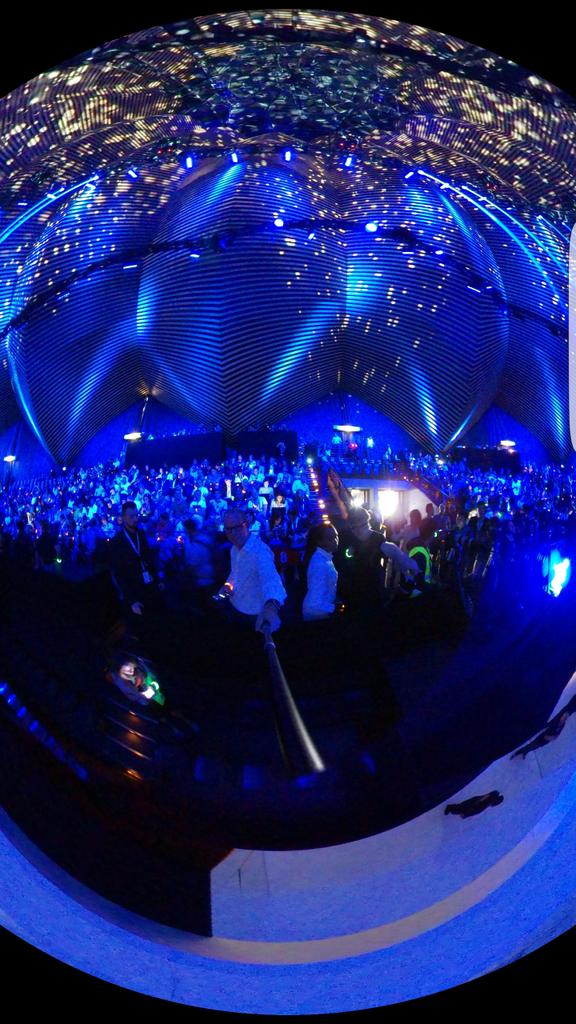Forget the selfie, the "surroundie" could be the newest trend in picture taking thanks to the rise of virtual reality (VR) headsets and affordable 360 degree cameras.
"Surroundie" - a term coined by CCS Insight analyst Ben Wood - refers to a selfie taken with a 360 degree camera. Wood, the chief of research at CCS, believes that the time is now for this form of content to take off.
"I think that history has shown, for example with the explosive growth on YouTube, that obviously there is a role for curated content, but user-generated content has been a massive driver on consumption," Wood told CNBC in a phone interview on Monday.
"The reality is that 99 percent of user-generated content is not great, but the 1 percent that rises to the top can drive incredible amounts of traffic, with the advent of more affordable 360 cameras, combined with both YouTube and Facebook supporting 360 degree content, the 'surroundie' can become the new selfie in particular the way millenials want to share experiences."
'Mass availability'
A number of companies have brought out 360 cameras and headsets over the past year.
Samsung for example has the Gear 360 camera and Gear VR headset, while HTC,
LG, Oculus and Xiaomi are just a handful of companies playing the virtual space.
Last week during the IFA technology conference in Berlin, VR devices featured heavily with electronics firms betting big on the technology. One camera called the Insta360, developed by Chinese firm Shenzhen Arashi Vision Co, clips on to an iPhone. Alcatel unveiled its own headset called the Alcatel Vision and the Alcatel 360 Camera at IFA. And
Qualcomm launched a
reference design for a VR headset using its new Snapdragon VR820 platform.

Shenzhen Arashi Vision Co
Shenzhen Arashi Vision Co's Insta360 Nano cameras.
Still, experts believe that professional content from brands and movie studios is likely to be the first wave of VR material which will drive adoption of the medium.
"With the soon-to-be mass availability of VR, the initial content will be premium entertainment, from high-profile games to films in order to drive ownership and demand," Andy Hood, head of emerging technologies at AKQA, a London-based digital agency, told CNBC by email.
"Once there are enough headsets in the hands of the public however, VR will become a channel through which companies can deliver products and services that use the new medium, which is where I see user-generated content really impacting the industry."
Facebook, YouTube key
A key factor in the rise of the surroundie is likely to be the support for 360 degree content on
Facebook and YouTube. Facebook has 1.65 billion monthly active users while YouTube sees hundreds of millions of hours of video watched every day, providing a big distribution channel for 360 content to take off. Users don't even need a headset to view the 360 content. They can scroll through it on a desktop or smartphone.
"Facebook and YouTube have firmly put their weight behind it. This is the first time we have had a new content format where there is such wide distribution from the beginning. Something like Blu-Ray you had to buy a player and replace disks," Wood said.
"With 360, all you need is a camera and you can immediately share it. We have never had situation where there is instant distribution to billions of people," he added.


No comments:
Post a Comment